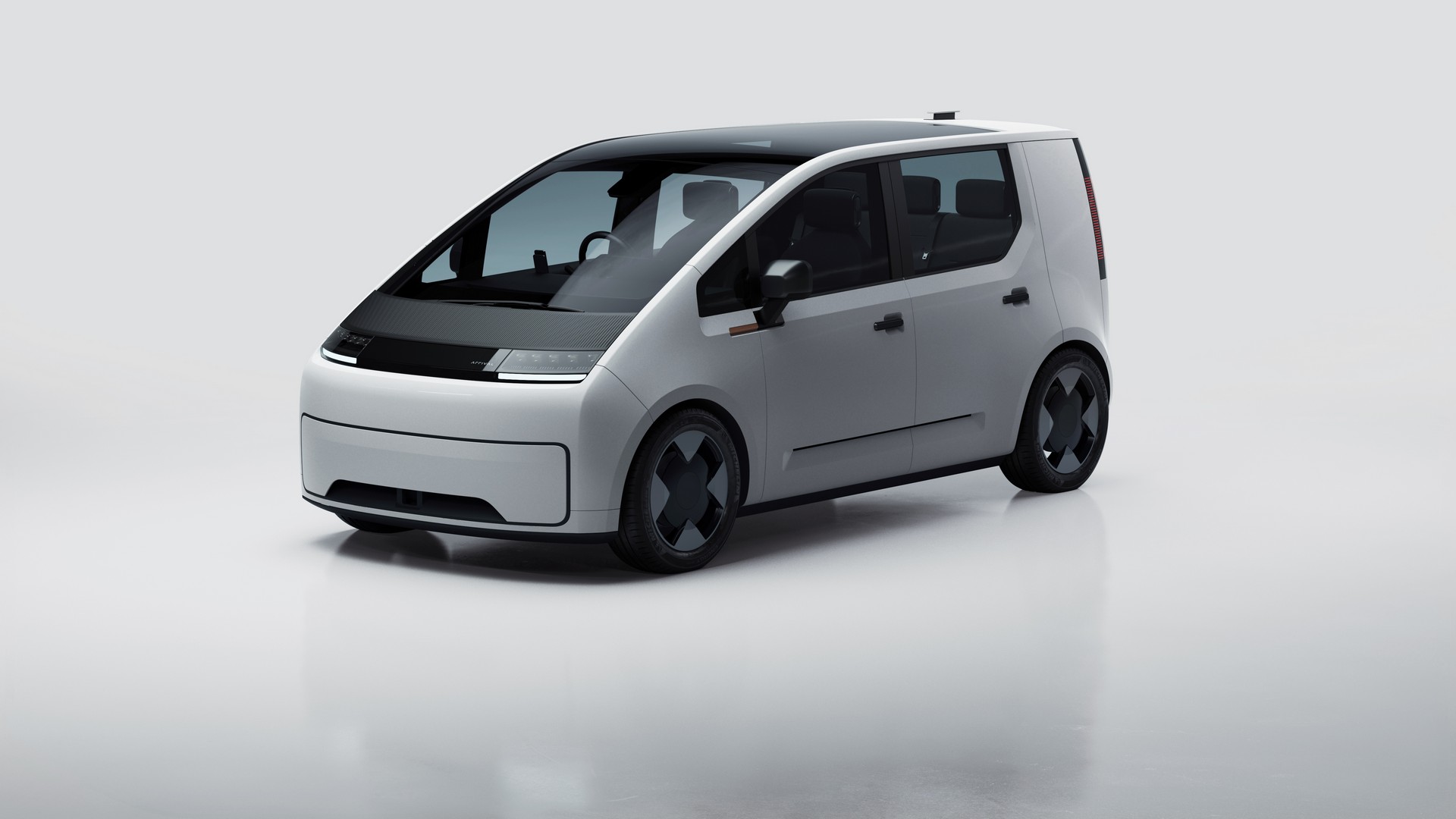Snapshot
- Arrival unveils final design for the Car
- UK-based firm worked in partnership with Uber drivers to develop the EV
- Will assist Uber in going all-electric in London by 2025
British electric vehicle company Arrival has unveiled the final design for its specialised ride-sharing car.
Simply known as the Arrival Car, the automaker plans to begin testing the vehicle next year following a quick six-month development process.
The firm used technology from the existing Van and Bus to scale up development work, with engineers also working in partnership with Uber drivers to create the bespoke taxi.
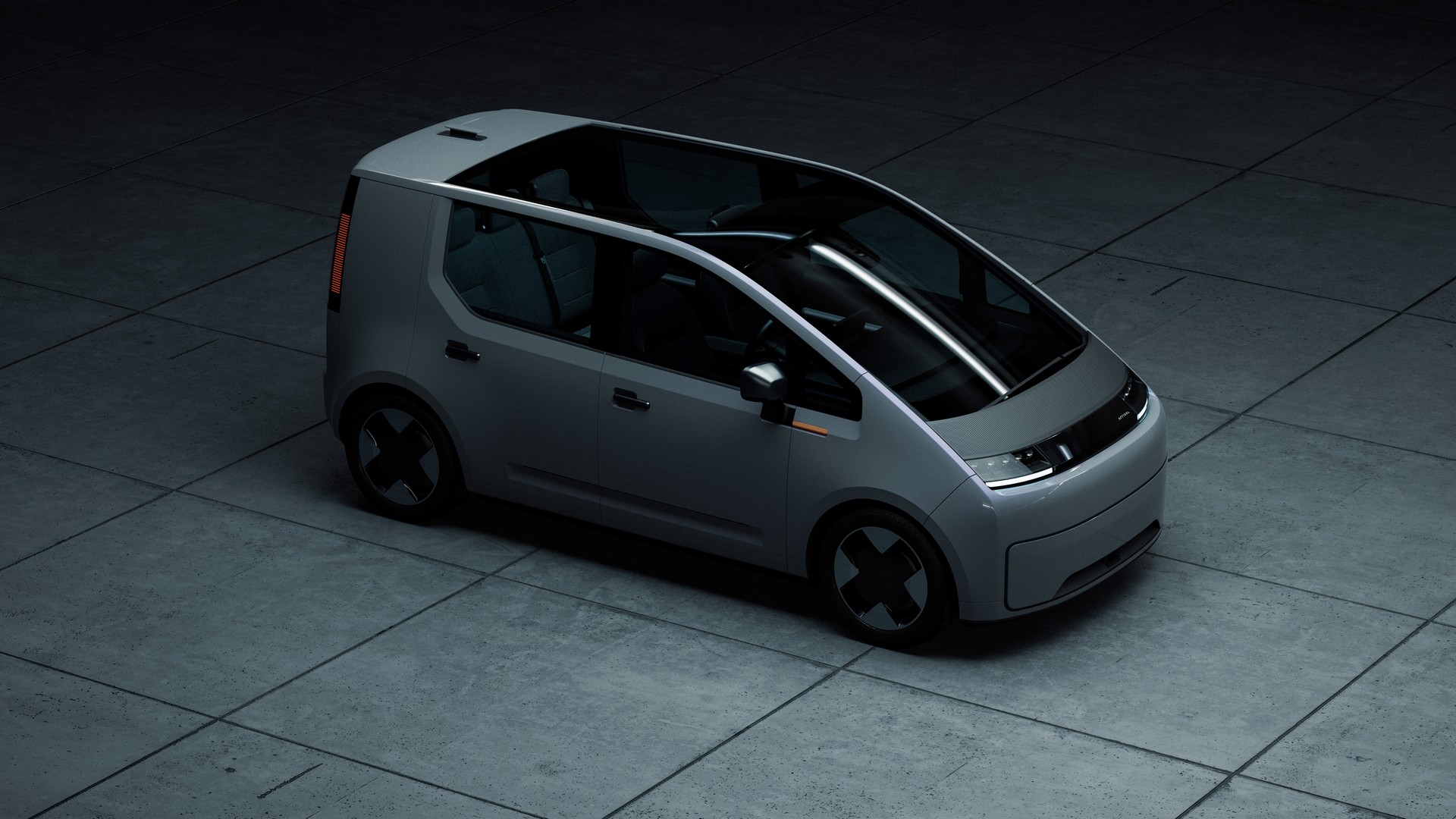
It will support Uber’s plan to go full-electric in London by 2025, with production expected to commence over the next two years.
By specifically catering to the ride-sharing experience, Arrival has designed the Car with visibility and comfort in mind.
For instance, the exterior features an expansive windscreen that flows into a panoramic sunroof, along with massive side windows. The boxy shape will also assist with passenger space, especially in relation to headroom and getting in and out.
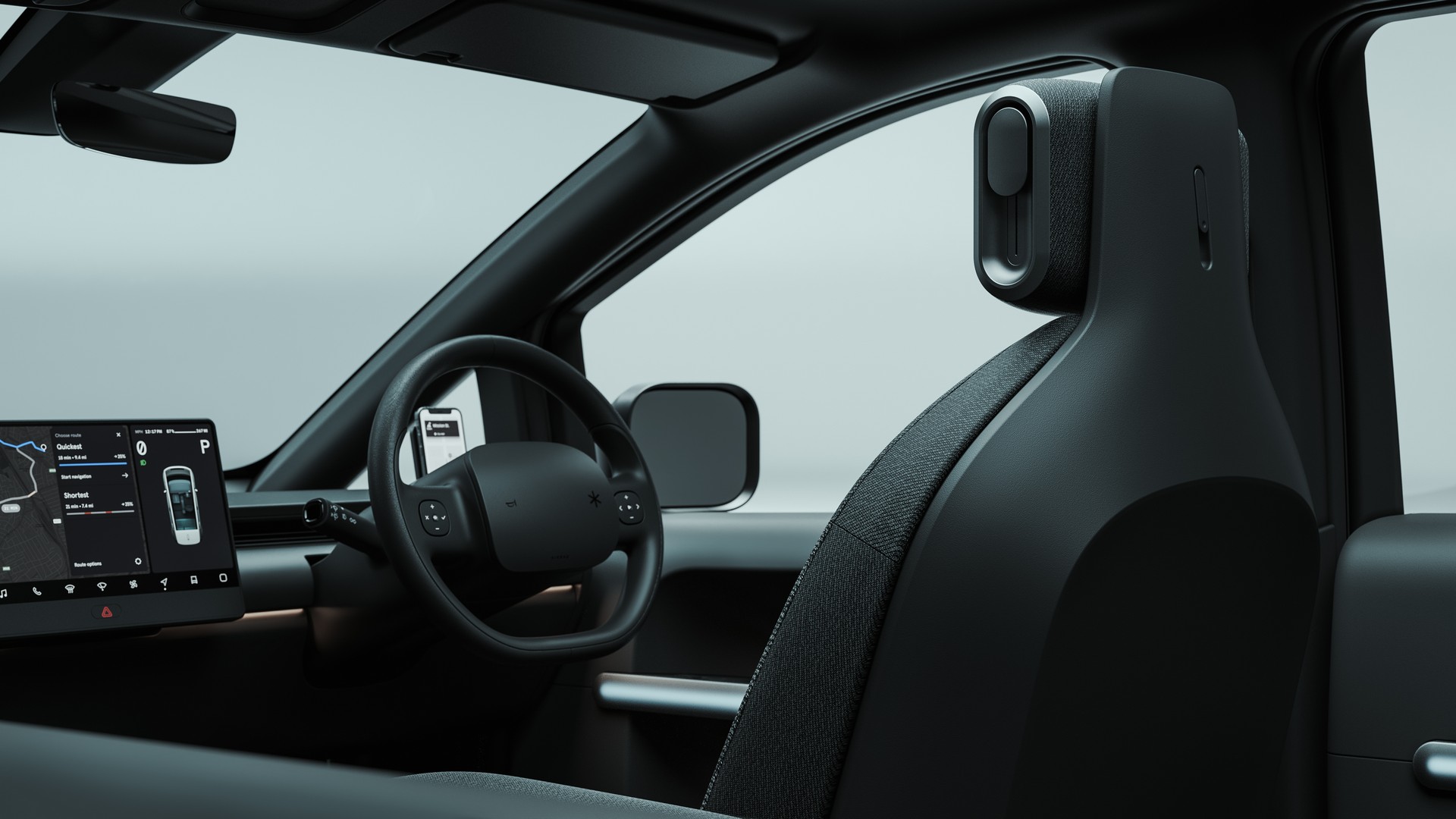
The vehicle is equipped with aerodynamic wheels and sports a van-like almost vertical front end.
Occupants are also set to enjoy expansive rear legroom, which is claimed to be twice as large as an average car of the same length.
Much like the Tesla Model 3, the Car is devoid of most physical switchgear, including a traditional instrument cluster for the driver.
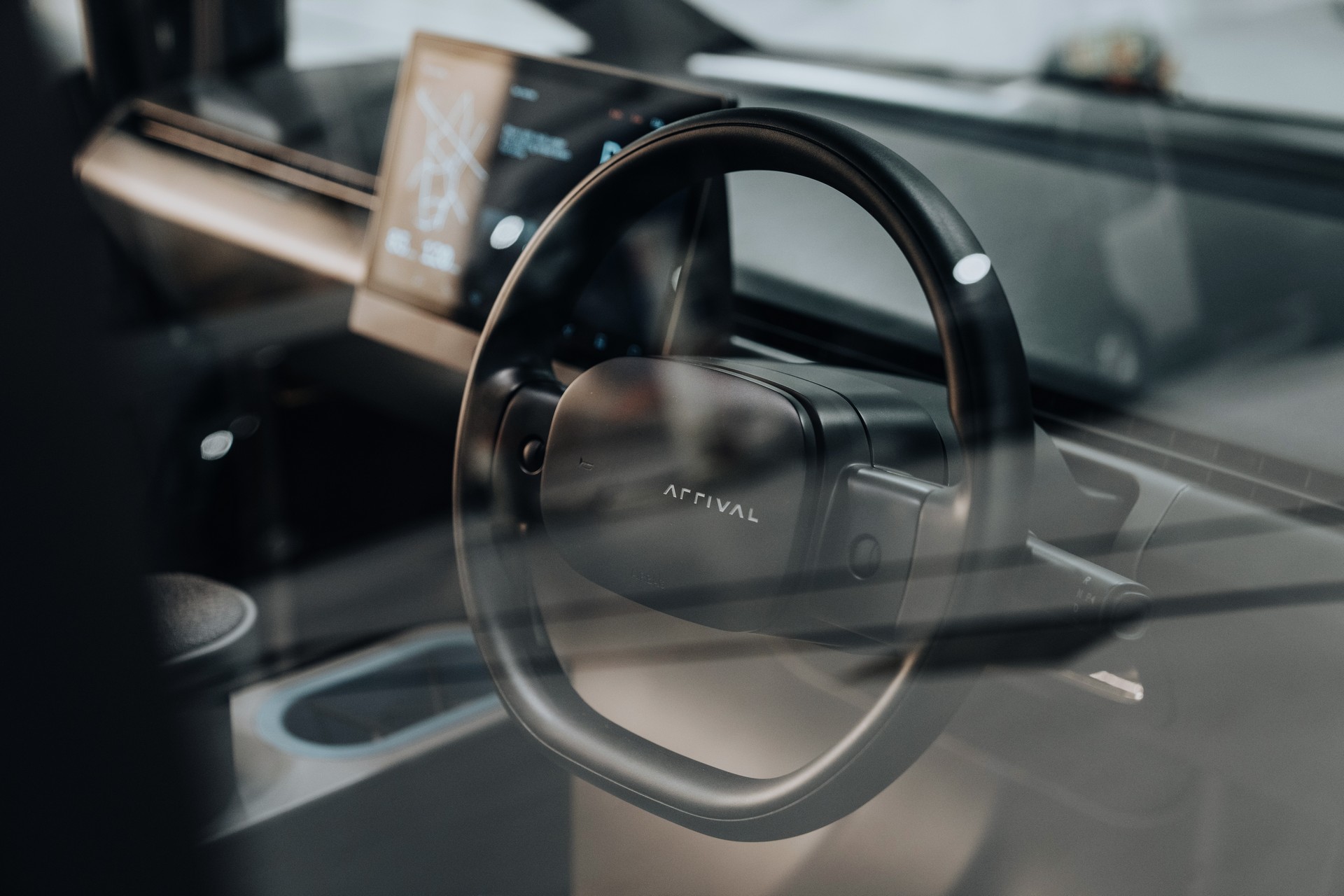
Instead, there’s a simplistic two-spoke steering wheel with scroll wheels to control various functions, as well as a large central touchscreen.
“Uber drivers have been working with Arrival to provide feedback on the design of the first purpose-built, fully-electric car for the ride-hailing industry,” said Jamie Heywood, regional general manager for Northern and Eastern Europe at Uber.
Further information, such as dimensions and powertrain details, are being kept secret for now, with more expected to be known throughout 2022 and into 2023 as the company works towards series production.
We recommend
-
 News
NewsUK firm teams up with Uber to create electric ride-share by 2023
UK EV start-up and American tech giant join forces for bespoke ride-hailing EV
-
 News
NewsUber challenges Government to act to boost EV sales
World EV Day sparks greater debate about issues holding Australia back
-
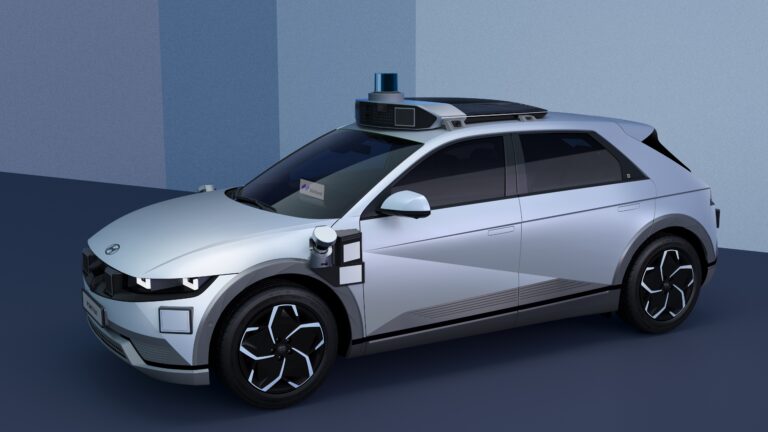 News
NewsHyundai IONIQ 5-based robotaxi unveiled
The autonomous vehicle has been developed by Motional, a joint venture between Hyundai Motor Group and tech company Aptiv


